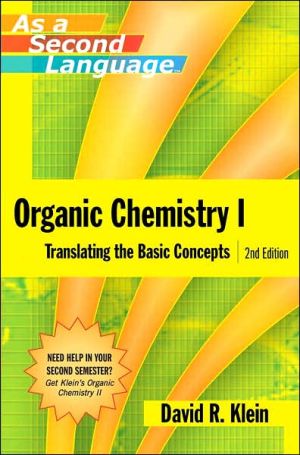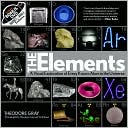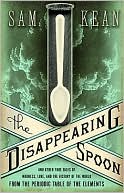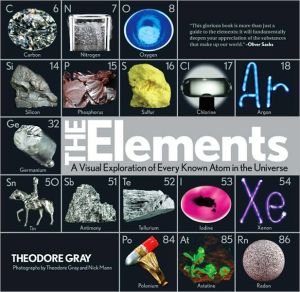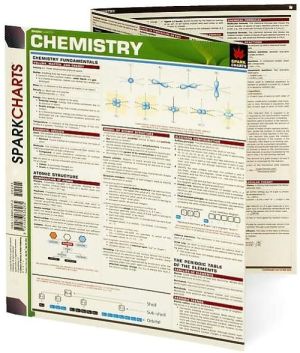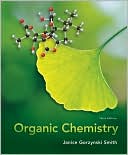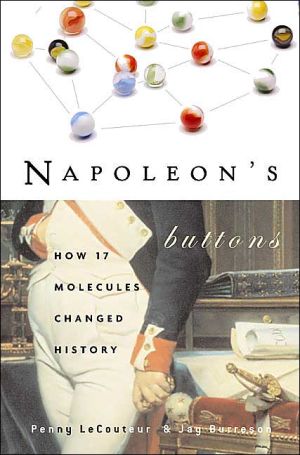Organic Chemistry I: Translating the Basic Concepts
Get a Better Grade in Organic Chemistry\ Organic Chemistry may be challenging, but that doesn't mean you can't get the grade you want. With David Klein's Organic Chemistry as a Second Language: Translating the Basic Concepts, you'll be able to better understand fundamental principles, solve problems, and focus on what you need to know to succeed.\ Here's how you can get a better grade in Organic Chemistry:\ Understand the Big Picture.\ Organic Chemistry as a Second Language points out the...
Search in google:
Get a Better Grade in Organic ChemistryOrganic Chemistry may be challenging, but that doesn't mean you can't get the grade you want. With David Klein's Organic Chemistry as a Second Language: Translating the Basic Concepts, you'll be able to better understand fundamental principles, solve problems, and focus on what you need to know to succeed.Here's how you can get a better grade in Organic Chemistry:Understand the Big Picture.Organic Chemistry as a Second Language points out the major principles in Organic Chemistry and explains why they are relevant to the rest of the course. By putting these principles together, you'll have a coherent framework that will help you better understand your textbook.Study More Efficiently and EffectivelyOrganic Chemistry as a Second Language provides time-saving study tips and a clear roadmap for your studies that will help you to focus your efforts.Improve Your Problem-Solving SkillsOrganic Chemistry as a Second Language will help you develop the skills you need to solve a variety of problem types-even unfamiliar ones!Need Help in Your Second Semester?Get Klein's Organic Chemistry II as a Second Language!978-0-471-73808-5
Introduction.Chapter 1. Bond-Line Drawings.How to Read Bond-Line Drawings.How to Draw Bond-Line Drawings.Mistakes to Avoid.More Exercises.Identifying Formal Charges.Finding Lone Pairs That Are Not Drawn.Chapter 2. Resonance.What Is Resonance?Curved Arrows: The Tools for Drawing Resonance Structures.The Two Commandments.Drawing Good Arrows.Formal Charges in Resonance Structures.Drawing Resonance Structures--Step by Step.Drawing Resonance Structures--By Recognizing Patterns.A Lone Pair Next to a Pi Bond.A Lone Pair Next to a Positive Charge.A Pi Bond Next to a Positive Charge.A Pi Bond Between Two Atoms, Where One of Those Atoms IsElectronegative (N, O, etc.).Pi Bonds Going All the Way Around a Ring.Assessing the Relative Importance of Resonance Structures.Chapter 3. Acid-Base Reactions.Factor 1--What Atom Is the Charge on?Factor 2--Resonance.Factor 3--Induction.Factor 4--Orbitals.Ranking the Four Factors.Quantitative Measurement (pKa values).Predicting the Position of Equilibrium.Showing a Mechanism.Chapter 4. Geometry.Orbitals and Hybridization States.Geometry.Chapter 5. Nomenclature.Functional Group.Unsaturation.Naming the Parent Chain.Naming Substituents.Stereoisomerism.Numbering.Common Names.Going from a Name to a Structure.Chapter 6. Conformations.How to Draw a Newman Projection.Ranking the Stability of Newman Projections.Drawing Chair Conformations.Placing Groups on the Chair.Ring Flipping.Comparing the Stability of Chairs.Don't Be Confused by the Nomenclature.Chapter 7. Configurations.LocatingStereocenters.Determining the Configuration of a Stereocenter.Nomenclature.Drawing Enantiomers.Diastereomers.Meso Compounds.Drawing Fischer Projections.Optical Activity.Chapter 8. Mechanisms.Curved Arrows.Arro w Pushing.Drawing Intermediates.Nucleophiles and Electrophiles.Bases Versus Nucleophiles.The Regiochemistry Is Contained Within the Mechanism.The Stereochemistry Is Contained Within the Mechanism.A List of Mechanisms.Chapter 9. Substitution Reactions.The Mechanisms.Factor 1--The Electrophile (Substrate).Factor 2--The Nucleophile.Factor 3--The Leaving Group.Factor 4--The Solvent.Using All Four Factors.Substitution Reactions Teach Us Some Important Lessons.Chapter 10. Elimination Reactions.Mechanisms (E1 and E2).Factor 1--The Substrate.Factor 2--The Base.Factor 3--The Leaving Group.Factor 4--Solvent Effects.Using All of the Factors.Elimination Reactions--Regiochemistry and Stereochemistry.Chapter 11. Addition Reactions.Terminology Describing Regiochemistry.Terminology Describing Stereochemistry.Adding H and H.Adding H and X, Markovnikov.Adding H and Br, Anti-Markovnikov.Adding H and OH, Markovnikov.Adding H and OH, Anti-Markovnikov.Synthesis Techniques.Adding Br and Br; Adding Br and OH.Adding OH and OH, Anti.Adding OH and OH, Syn.Oxidati ve Cleavage of an Alkene.Chapter 12. Predicting Products.General Tips for Predicting Products.Getting Practice.Substitution Versus Elimination Reactions.Looking Forward.Chapter 13. Synthesis.One-step Syntheses.Multistep Syntheses.Retrosynthetic Analysis.Creating Your Own Problems.Answer Key.Index.
